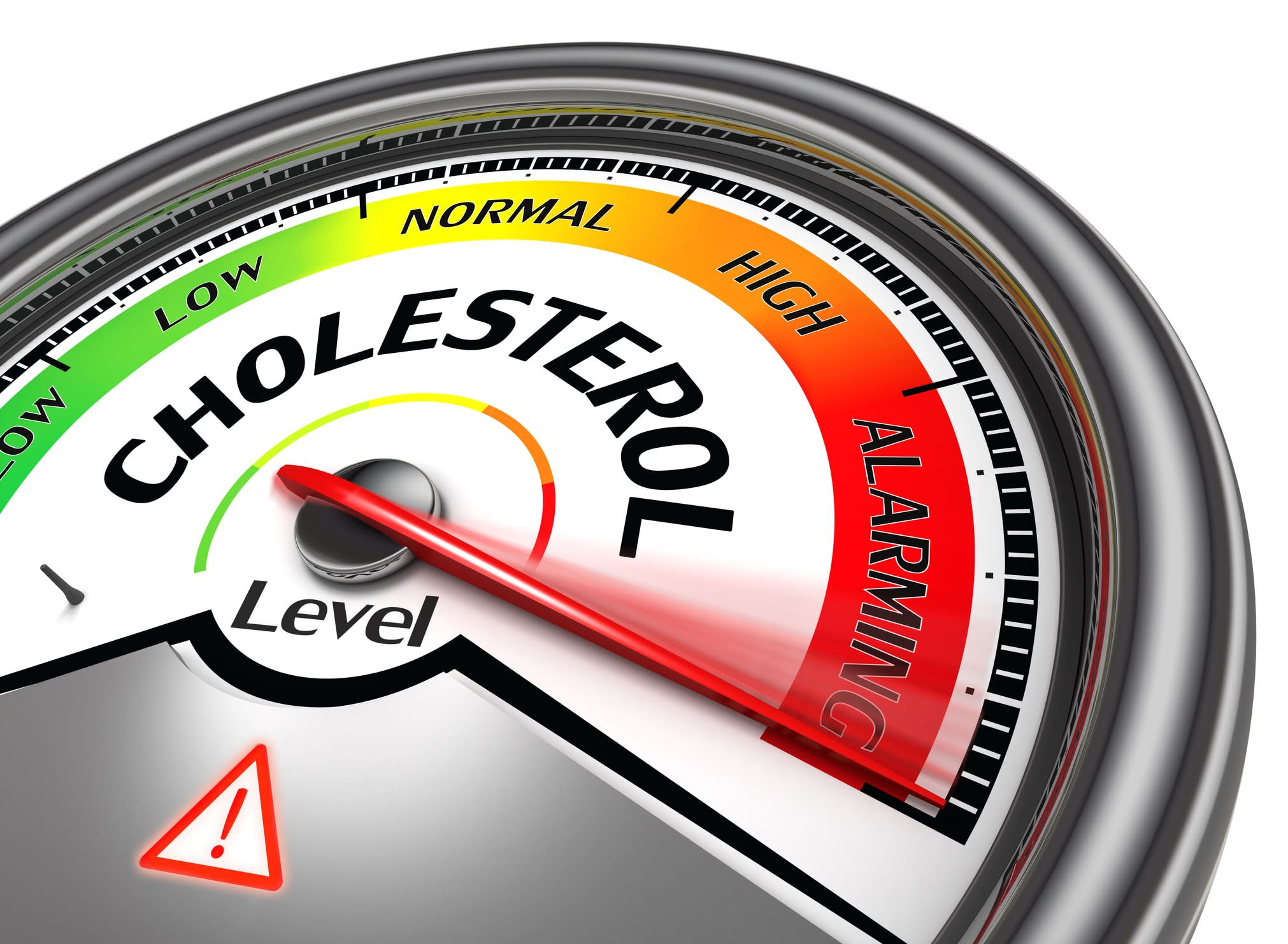The new – on Monash’s Clayton campus, and run by Monash Health – opened its doors to patients in February. At first it was outpatients only, then a few weeks later inpatients moved in, with surgery, imaging, pathology, pharmacy, intensive care, cardiac catheterisation labs, cardiac research, and teaching now all up and running.
Stephen Nicholls
Professor, Monash Medicine Health; Head, Victorian Heart Hospital
The first patient through the doors has been in the hospital system since he was a toddler with a genetic blood disorder. The second came in for an echocardiogram at the hospital’s new cardiac imaging service, the largest in the southern hemisphere. Now there’s a steady stream; it’s as busy as it should and could be.
The hospital can hold up to 206 beds and will provide 28,000 cardiac emergency assessments a year for patients, 10,000 heart catheterisation procedures, and 2000 open-heart surgeries.
It has a research, clinical trials and teaching team, largely drawn from Monash University faculties, across an entire floor. .
We promised Victorians that we’d build a dedicated Victorian Heart Hospital.
We said it’d be the very first in the country.
And today, we opened it.
– Dan Andrews (@DanielAndrewsMP)
“They built it pretty quickly and they built it during a pandemic, and we’re very thankful,” says Professor Stephen Nicholls, the hospital’s program director.
Professor Nicholls also runs and is the director of the , which is based in the hospital. He’s also president of the .
“As soon as the first patients came in,” says Professor Nicholls, “it really felt like we could achieve something. Not just for the patients, but also for their loved ones. All of a sudden there were hundreds of people inside, and hustle and bustle.”
The first research teams moved in just after Christmas.
“It’s been really important to bring all of the different clinical departments across the hospital together. We have biomedical researchers, we have clinical researchers, we have clinical trialists, we have engineers, we have health literacy researchers, we have some epidemiologists, and we’re continuing to have groups move in over the next weeks and months.
“We have capacity for 150 university researchers on that floor, and we’re really excited that it’s a very diverse group of people in terms of the type of research they conduct, and also the different parts of the University they’ve come from,” he says.
“There’s very much a buzz in the building with the researchers that have moved in. They are highly visible and very interactive with each other on the clinical side. I can feel that today, which is great.”
Tackling high cholesterol
Just a few weeks after the hospital began to spring to life, a paper in the , co-led by Professor Nicholls, documented the successful research and trial of a new pill for hundreds of thousands of Australians with life-threatening high cholesterol who can’t tolerate statins, which are the usual medication.
More than 300 Australian patients took part in the breakthrough four-year clinical trial involving 14,000 people in 32 countries. Researchers found the new cholesterol-lowering drug, bempedoic acid, as Nexletol, could lower bad cholesterol (low-density lipoprotein, or LDL), reduce cardiovascular complications, reduce heart attacks, and reduce surgery for blocked arteries.
About 2.5 million Australians take statins to lower cholesterol. Of those, about 20% have tolerance issues, and for about 50% of high-risk patients, statins don’t get their cholesterol down to target levels. There’s also a high rate of people who stop using them.

“These were very high-risk patients who absolutely should be treated with a statin, but for one reason or another couldn’t,” explains Professor Nicholls.
“We saw they had some effect of lowering their cholesterol, and a reduction in risk of a heart attack or requiring a stent or having a stroke or dying in the next three to five years.
“My number-one message was that it gave an option for people who couldn’t tolerate statins. The second is that even when people can tolerate statins, not everybody gets their cholesterol as low as we would like it, so there’s an increasing recognition that more and more of our patients are likely to require combinations of medications to treat their cholesterol.
“That’s not a new story, because we know most patients with high blood pressure require more than one medication. We know that a lot of patients with type 2 diabetes may require more than one medication to treat their blood sugar.
“So what we see is that if you add this new medication to either a statin or one of the other medications that we have to treat cholesterol, you’ll get extra cholesterol lowering.
“What we know is that if you’ve had a heart attack or you’re at a very high risk of having a heart attack, the clinical trials consistently show that if you lower your cholesterol, you’re less likely to have a bad outcome. This reinforces that.”
The cholesterol battle also needs new approaches as well as new pills, he says.
“We can have other therapies and, yes, we can develop ways of personalising who should get a statin and who should get a different dose, all those things.
“But what we also need are better models of care to help people remain on the right therapies in the long term. Whether that’s digitally, by smartphone … there’s a whole bunch of work being done around not just getting clinicians to prescribe more effectively, but actually then creating the models of care to support patients so they’ll keep taking the therapies that they’ve been prescribed.”
Professor Nicholls is also working on the early stages of a that works by targeting a proprotein (a protein that activates other proteins) in receptors in the liver, lowering bad cholesterol levels. He’s academically leading early trials in Australia for the US pharmaceutical company Vaxxinity.
“If they go well,” he says, “then it’ll need to go into bigger trials. I’d be very hopeful that Monash would be a site for that.
“Wouldn’t it be great if you could have an injection once or twice a year? It might be a game-changer in lots of countries.
“Heart disease is no longer just something that’s faced in the wealthier countries of the world, so if we can develop very cheap approaches, then there’s something really appealing about that.”








